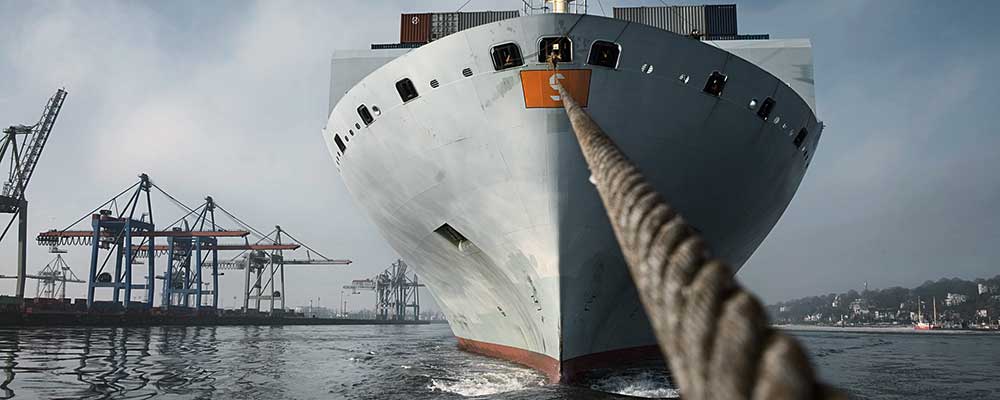https://www.youtube.com/watch?v=z9y4Gdsfca4
Paul Fanning asks whether hull fouling could represent as big an environmental threat as untreated ballast water
As everyone must by now know, the Ballast Water Management Convention was first devised as a response to the dangers of invasive foreign species being introduced in waters where they could do untold damage to native species.
Whatever the shortcomings of the process whereby the convention has been introduced, few would argue that its aim is anything other than laudable. However small and apparently innocuous, alien species represent a real threat to the ecosystems to which they are carried.
Given which, the action on their presence in ballast water – however belated – is to be welcomed.
The problem is that ballast water is not the only means whereby ships can carry such species.
According to recent research published by Tel Aviv University’s School of Zoology, half the ships passing along the Mediterranean coast of Israel are carrying invasive invertebrates. These organisms are apparently passing through the Suez Canal, latching onto ropes and the bottom of the ship. These creatures are filter feeders, so they cover and clog every surface they latch onto, creating a lot of drag for the ship and damaging marine biodiversity in their new environments.
So what is to be done? There is no magic bullet. To combat this threat, shipowners may need to take a new approach to hull coating and maintenance. And, if they don’t do so, how long will it be long before regulation requires them to do so?
Source: www.mpropulsion.com


